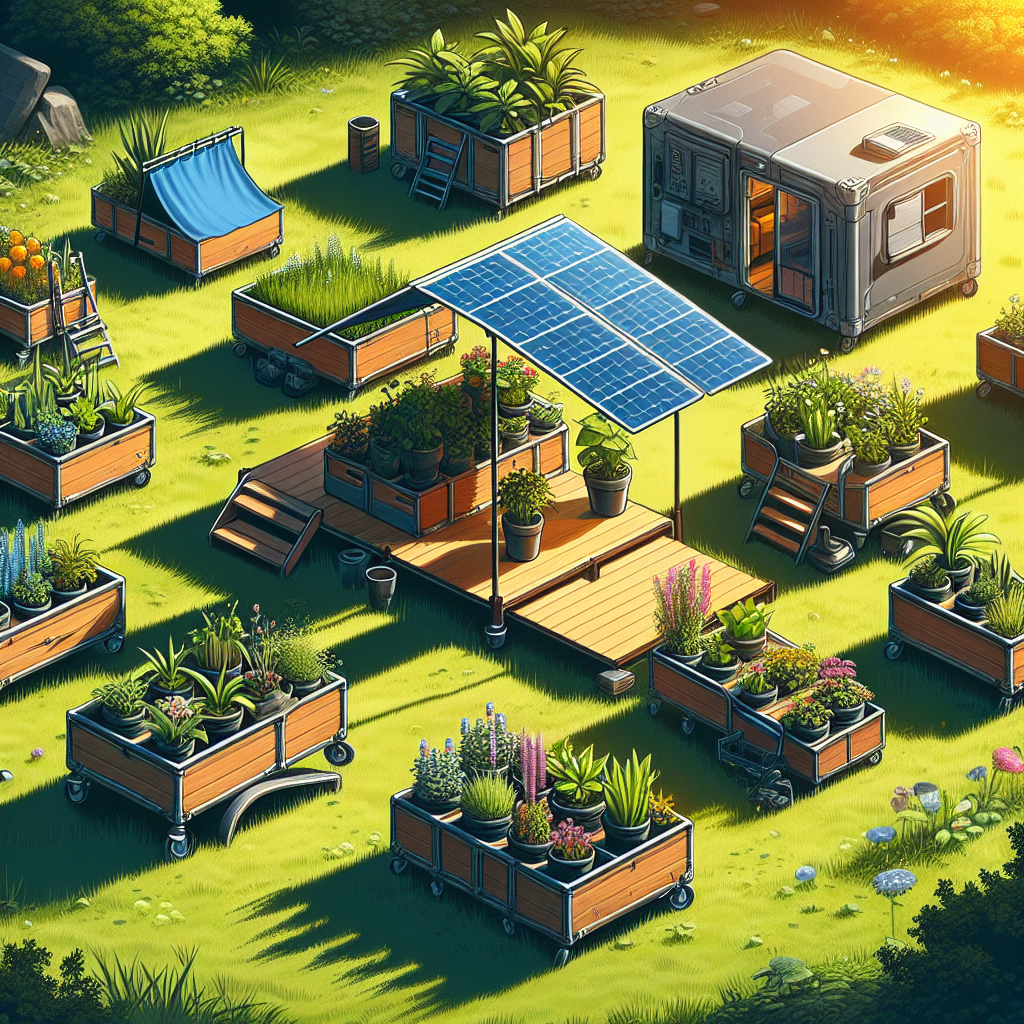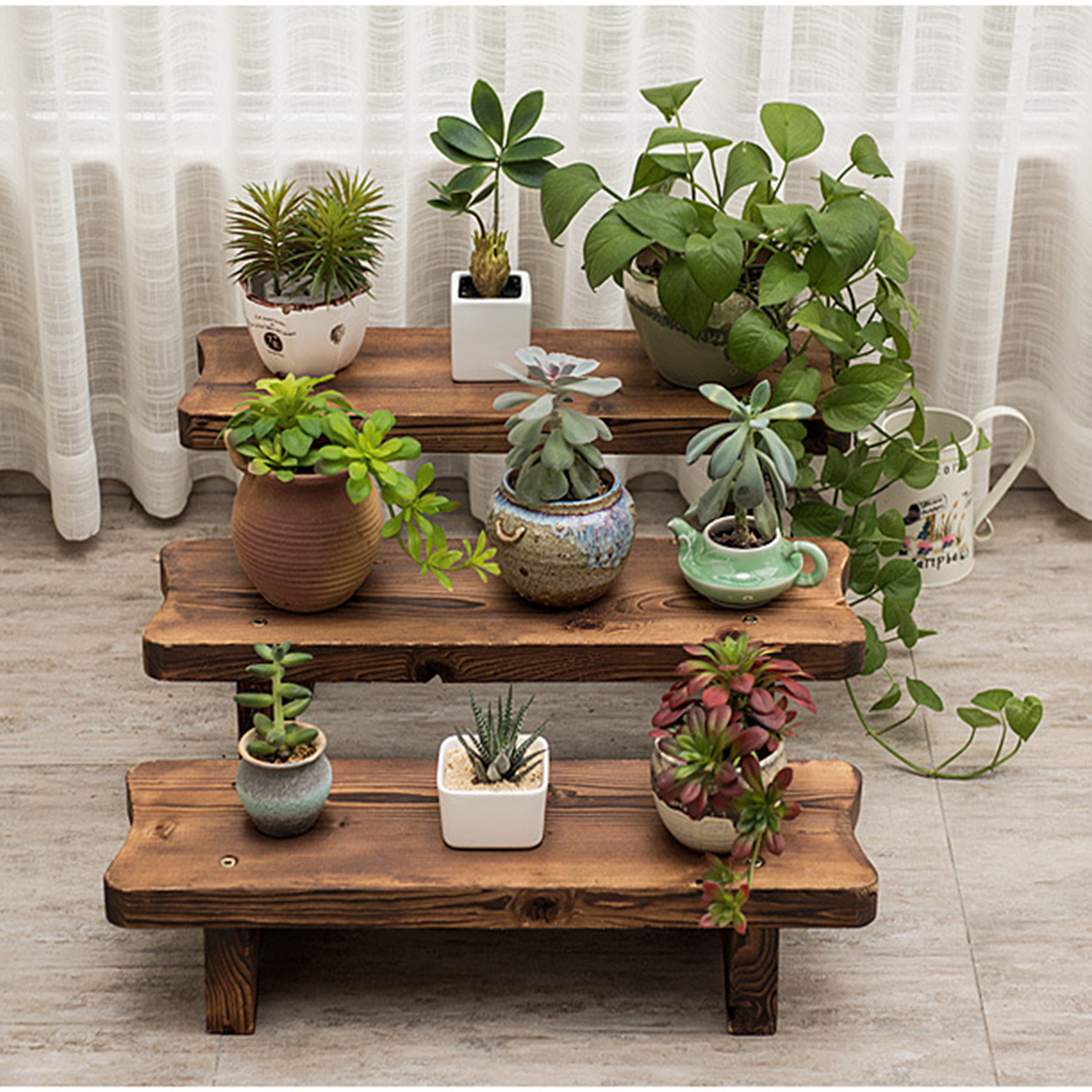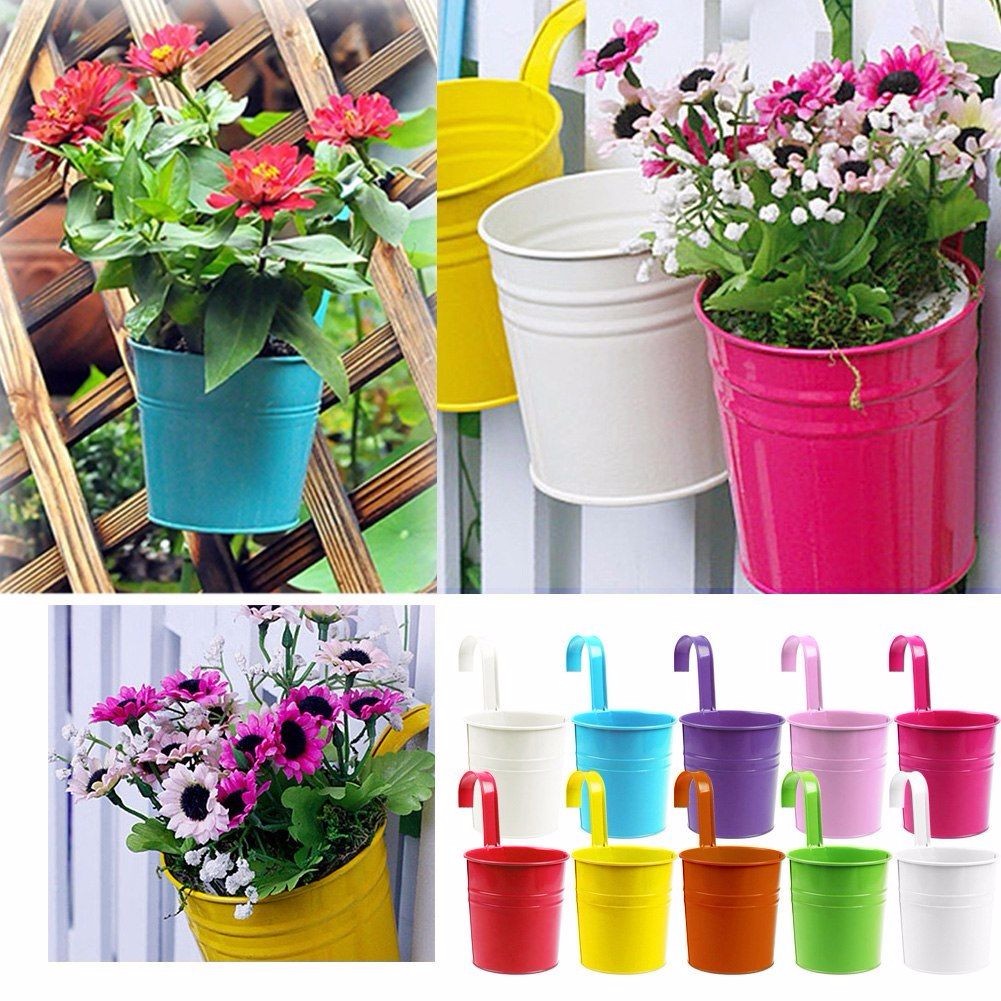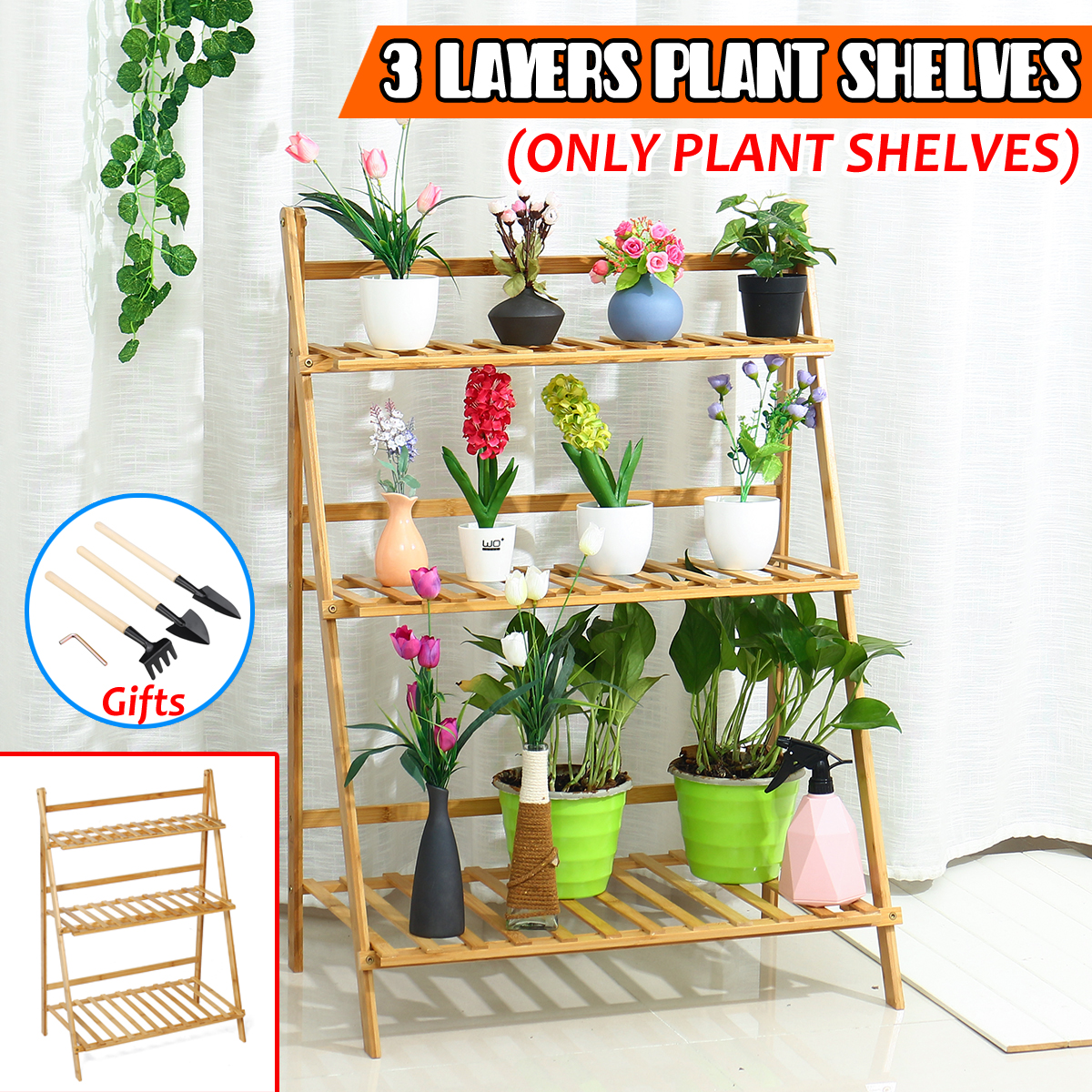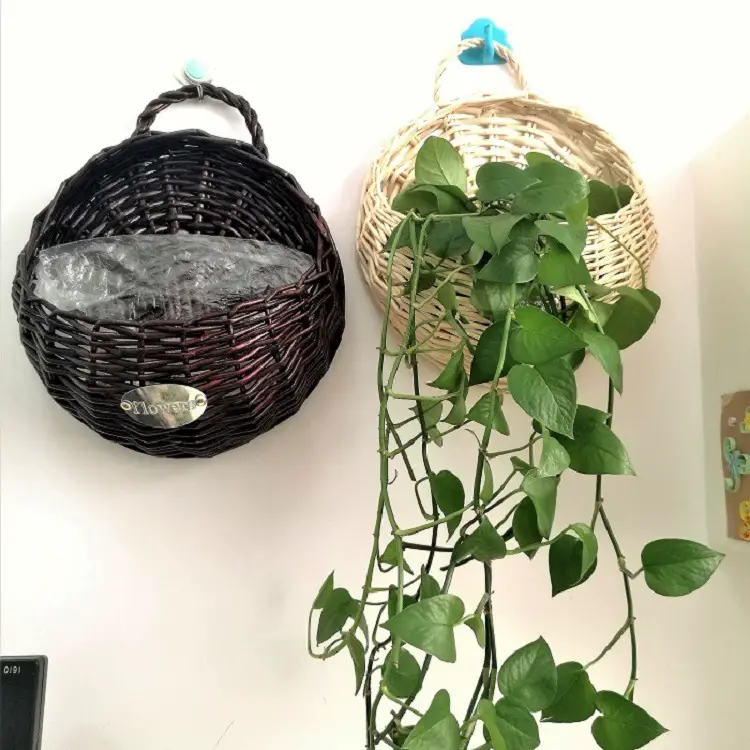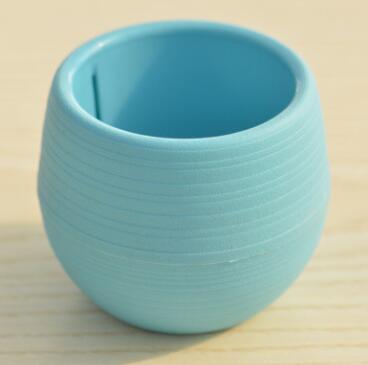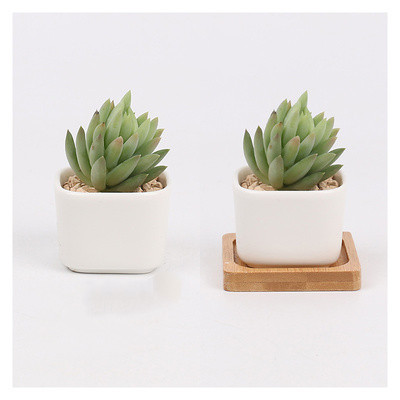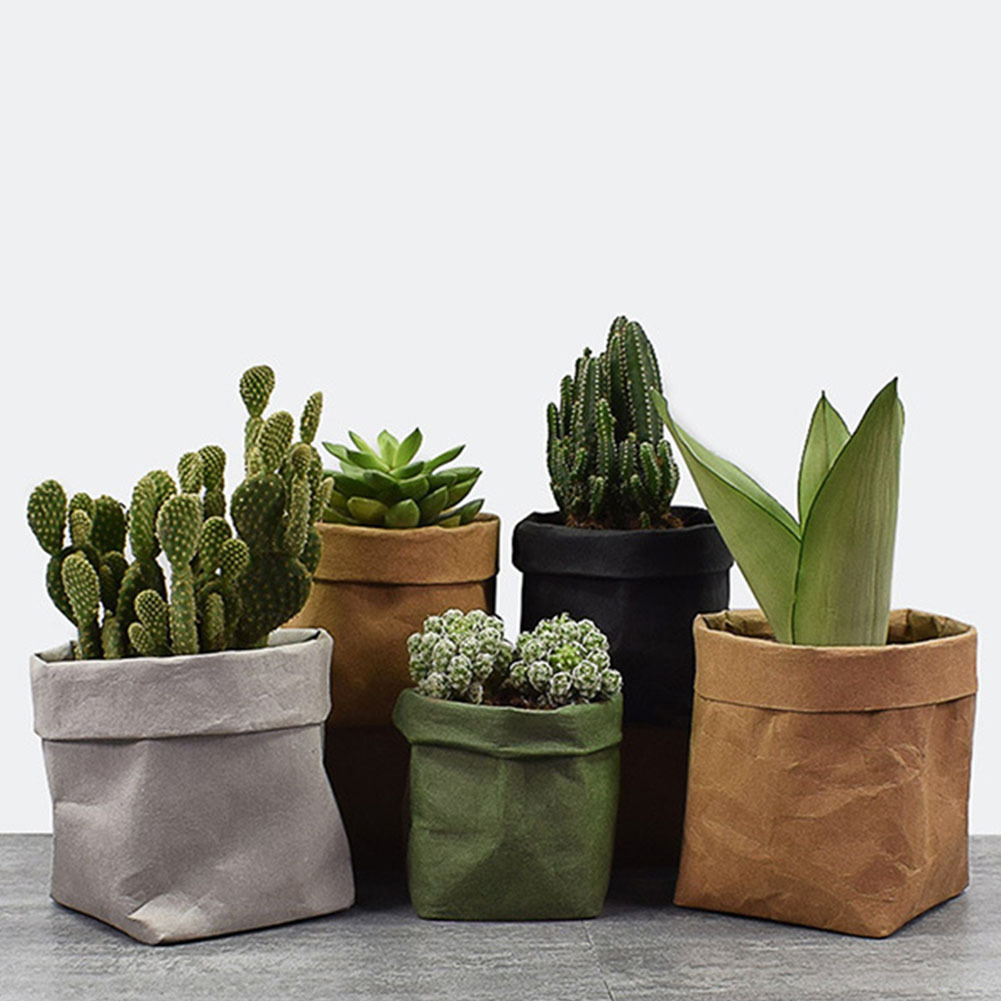Navigating Sunlight and Shade with Portable Planters
In a world that’s increasingly urbanized, green space is a luxury. Traditional gardens have become rarities in cityscapes dominated by concrete. Yet, the human urge to connect with nature persists, and innovative solutions like portable planters have emerged as saviors of green aspirations. These mobile gardens offer flexibility, allowing you to navigate both sunlight and shade with ease, transforming any space into a dynamic, lush environment. This article explores the art and science of portable gardening, touching on practical aspects like selecting plants, managing sunlight and shade, and even tips on caring for delicate ferns in containers. To close, we’ll discuss how to create a serene oasis through container gardening, marrying relaxation with ecological mindfulness.
Understanding Portable Planters
Portable planters are movable containers that enable you to grow plants in various settings, be it balconies, patios, or interiors. Their portability allows for optimal light management, forming a versatile solution for spaces that experience both shade and sunlight throughout the day. They come in various sizes, materials, and designs, from clay pots to sophisticated self-watering containers, each serving a specific aesthetic and functional purpose.
Managing Light: The Key to Thriving Portable Gardens
To make the most of sunlight and shade, it’s crucial to understand your plant’s light requirements and your space’s light conditions. A common strategy is to use plant caddies or wheeled containers to reposition plants as needed. Here’s how to get started:
-
Assess Your Space: Track the sun’s movement across your space throughout the day. Identify which areas receive full sun (at least six hours of direct sunlight), partial sun, or mostly shade.
-
Select the Right Plants: Choose plants based on light availability. Sun-loving plants like succulents, lavender, and tomatoes should be placed in full sun, while shade-loving plants such as ferns, begonias, and impatiens thrive in less intense light.
-
Plan for Mobility: When planting, consider the weight of the planter. Utilize lightweight materials or add wheels for easy movement.
Ferns in Containers: Care and Maintenance Tips
Ferns are lush, verdant plants perfect for adding texture and depth to your portable garden. They’re particularly well-suited for shaded areas, making them ideal for spaces where sunlight is limited.
-
Choosing the Right Fern: Not all ferns are created equal. The Boston Fern, Maidenhair Fern, and Staghorn Fern are popular choices for containers due to their forgiving nature and aesthetic appeal.
-
Container Selection: Ferns require well-drained soil, so choose containers with adequate drainage holes. Consider using a mixture of general-purpose potting soil and organic matter like peat to imitate their natural forest floor habitat.
-
Watering Routine: Ferns prefer consistently moist soil. They thrive in high humidity, so misting them regularly or placing a tray of water nearby can prevent the leaves from drying out.
-
Light Requirements: While ferns generally prefer shade, some varieties tolerate indirect sunlight. Assess the specific needs of your fern species to ensure optimal placement.
-
Feeding and Maintenance: Ferns are not heavy feeders, but occasional fertilization during the growing season with a balanced liquid fertilizer can promote growth. Regular pruning of dead or drying fronds helps maintain their verdant appearance.
Creating a Serene Oasis: Container Gardening for Relaxation
Container gardening is more than a method of plant cultivation; it’s a pathway to peacefulness and mindfulness. As you navigate sunlight and shade with your portable planters, you are also crafting a personal sanctuary.
-
Designing Your Space: Begin by envisioning what relaxation means to you—whether it’s seclusion or connection with nature. Use planters to craft barriers or focal points, integrating water features or sculptures to enhance tranquility.
-
Color Therapy: Choose plants not just for light conditions but also for color impact. Cool colors like greens and blues are calming, whereas brightly colored flowers can invigorate the senses.
-
Texture and Aroma: Incorporating plants with varied textures—like the feathery fronds of ferns alongside spiky succulents—creates a sensory tapestry. Scented herbs like lavender and mint add another layer of relaxation through their calming aromas.
-
Encourage Biodiversity: Invite nature’s companions into your garden by selecting plants that support pollinators. Flowering plants like marigolds and petunias can attract butterflies and bees, promoting a balanced ecosystem.
-
Mindful Interaction: Engage with your garden as a form of relaxation therapy. Tend to your plants regularly, experiencing the rhythm of nature as a meditative practice. This interaction nurtures both the plants and the gardener’s soul.
Practical Considerations for Portable Gardens
-
Weather Conditions: Prepare for weather variations by monitoring forecasts and adjusting planter positions accordingly. Portable planters can be moved indoors during extreme weather, protecting plants from storms or frost.
-
Soil and Fertilization: Container plants rely on their limited soil resources, necessitating occasional soil replenishment and regular fertilization tailored to the growth cycle and specific plant needs.
-
Pest Management: Vigilance against pests is crucial in a portable garden. Regularly inspect plants for signs of infestation and apply appropriate organic pesticides or natural deterrents when necessary.
-
Water Management: Ensure an efficient watering system is in place. Consider automatic drip systems or self-watering planters to maintain consistent moisture levels without the risk of waterlogging.
Conclusion
Portable planters stand as beacons of adaptability and creativity in modern horticulture. They allow for dynamic interaction with nature, adjust for light variables, and accommodate diverse plant life. From caring for delicate ferns to creating a soothing oasis for relaxation, the possibilities are as vast as the gardens themselves. Container gardening is not merely a trend; it’s a sustainable practice that harmonizes urban living with the innate human desire for green spaces. By navigating sunlight and shade with careful planning and a touch of creativity, portable planters redefine gardening, transforming even the smallest spaces into personal sanctuaries of peace and beauty. As we conclude this exploration of portable gardening, let it be both a guide and an inspiration to create your edible oases and verdant retreats.


